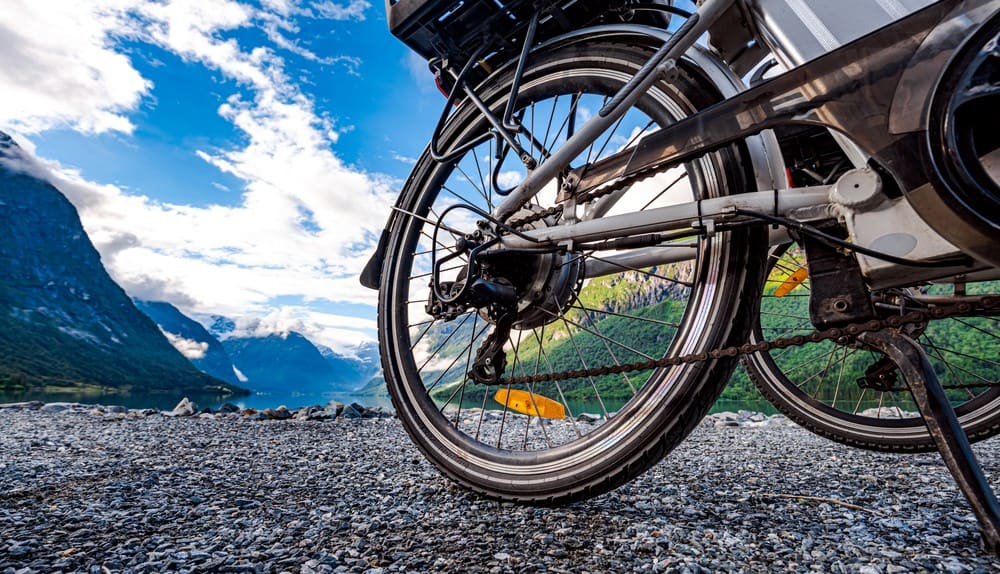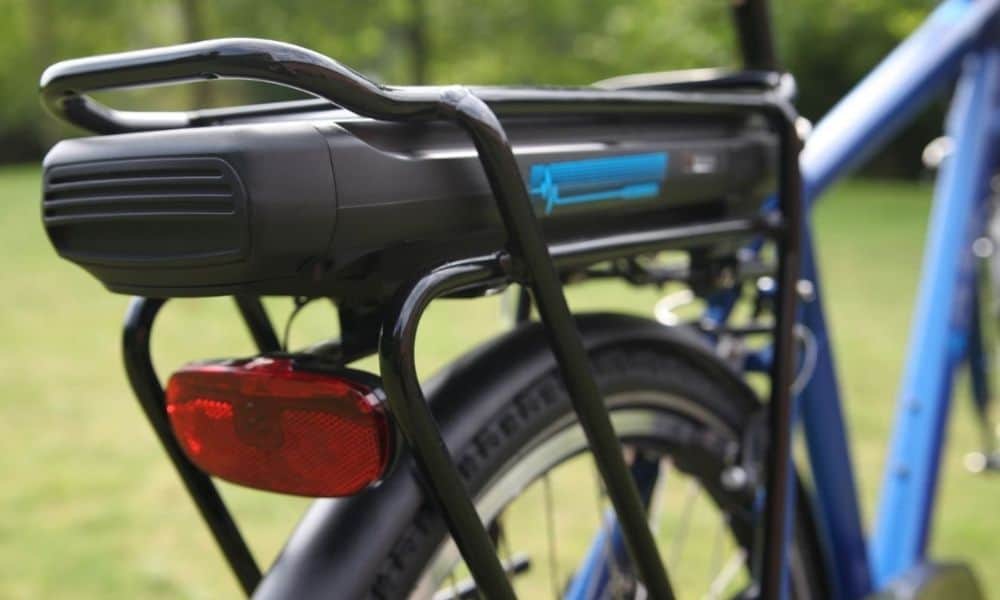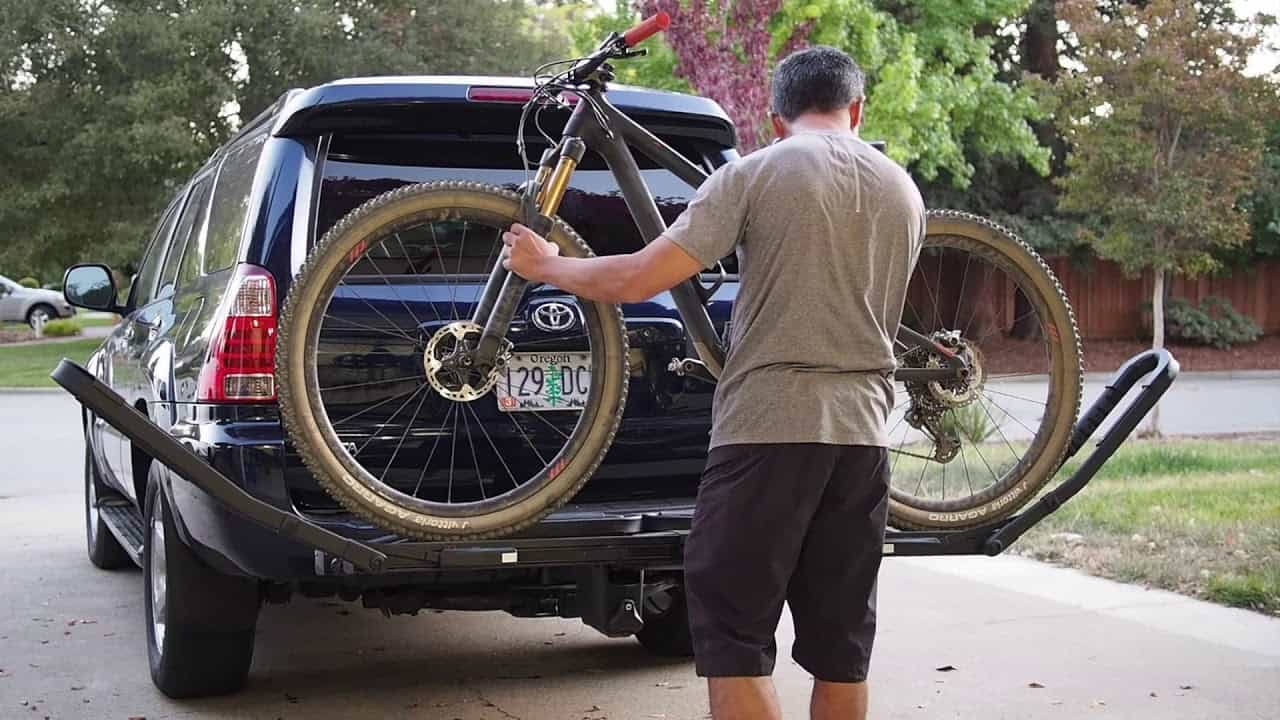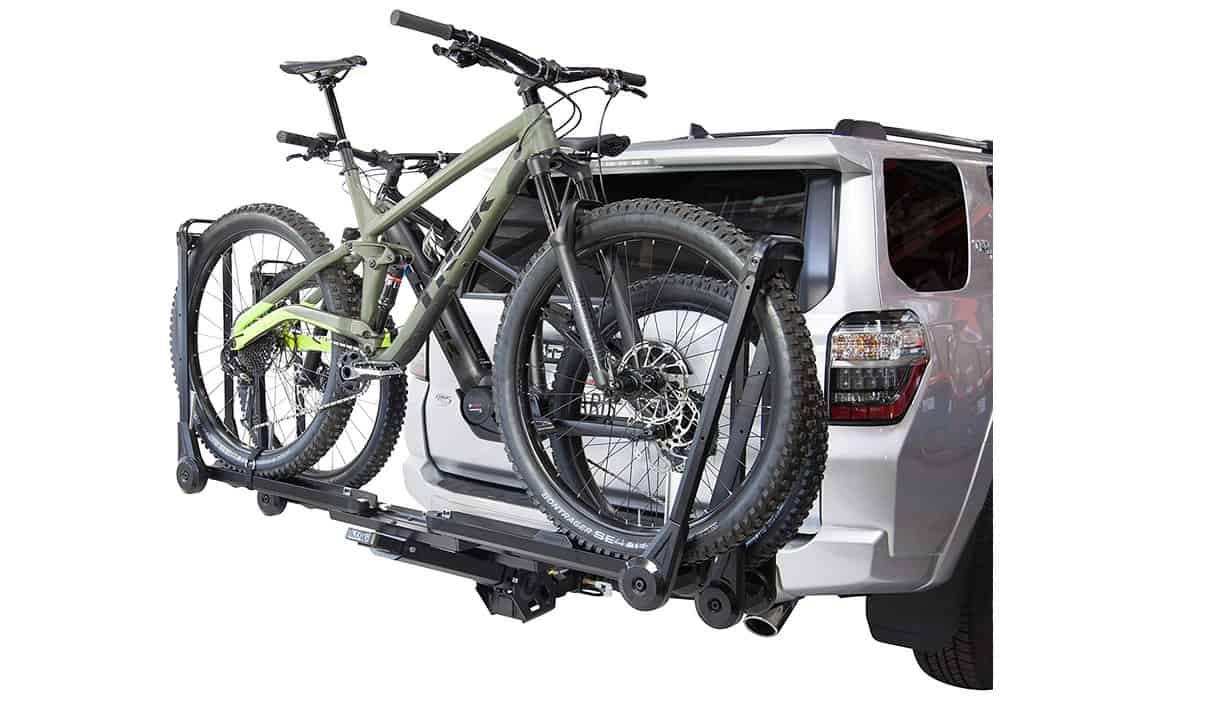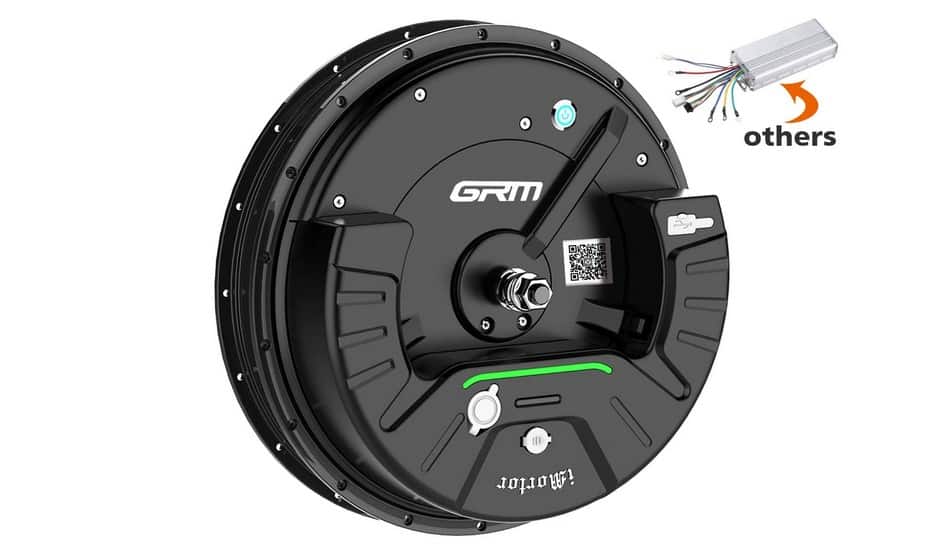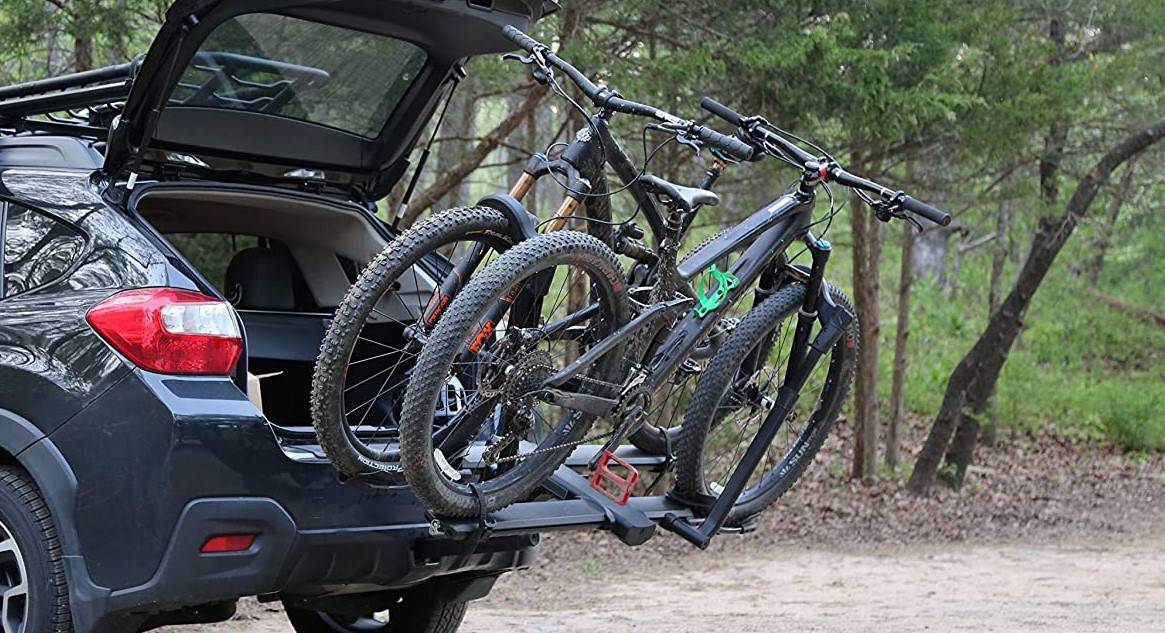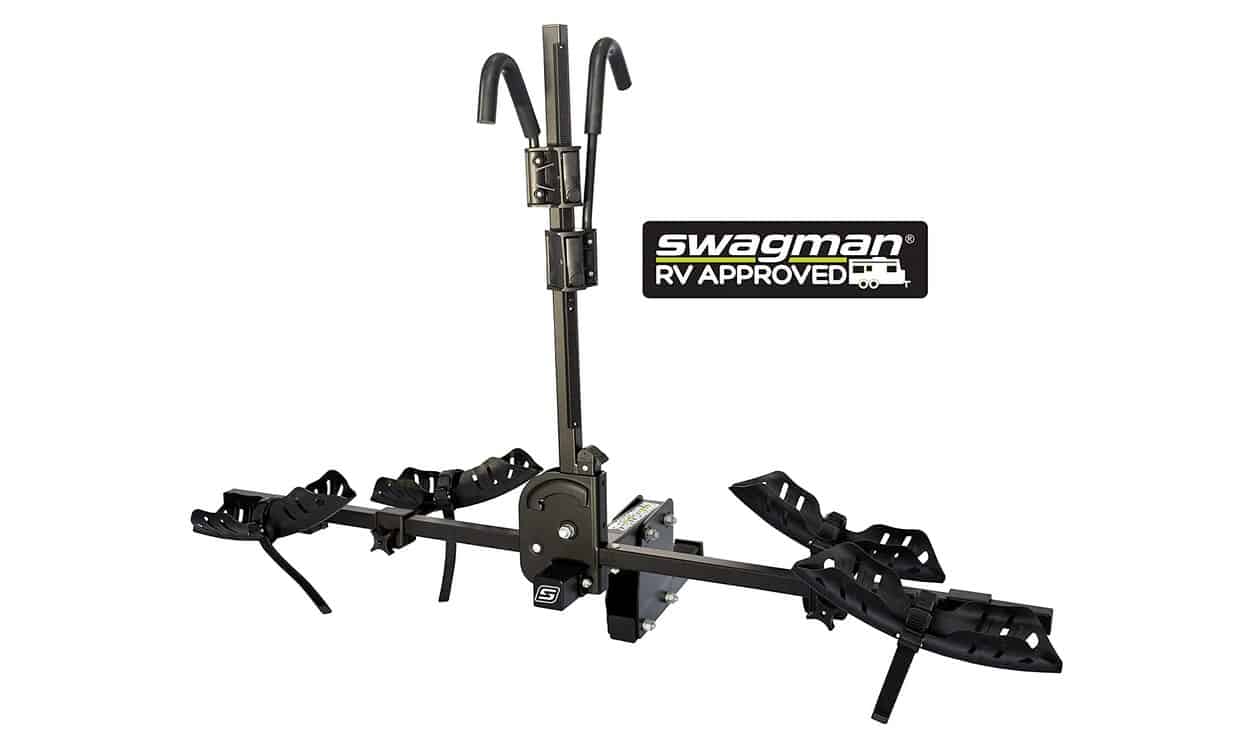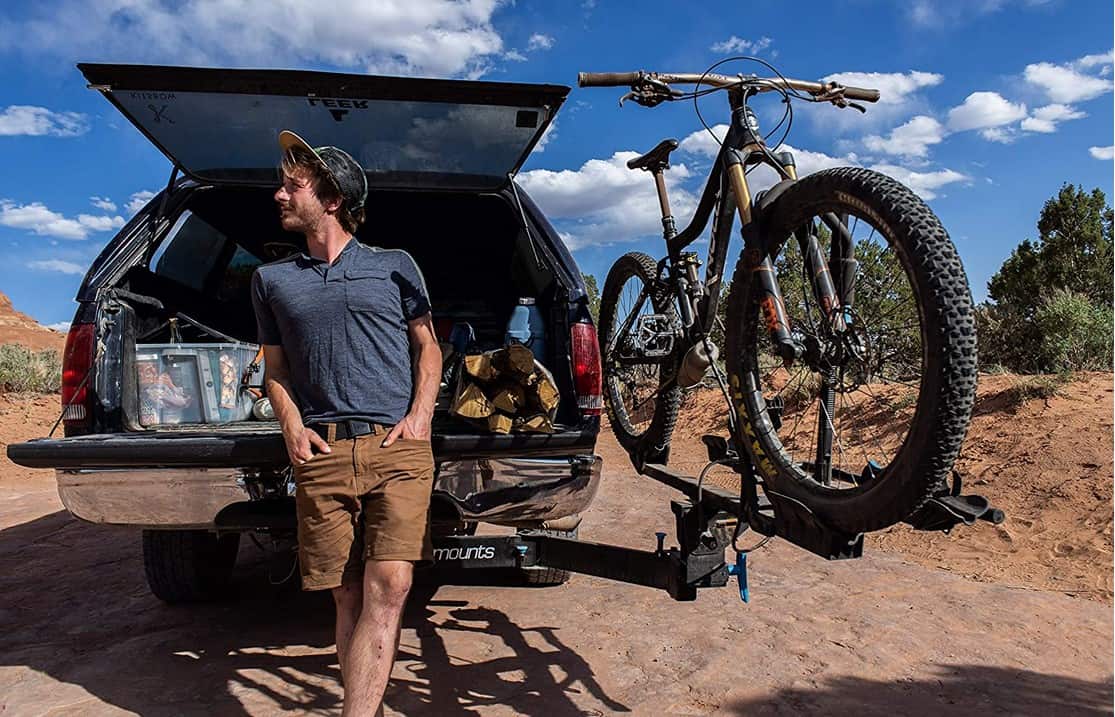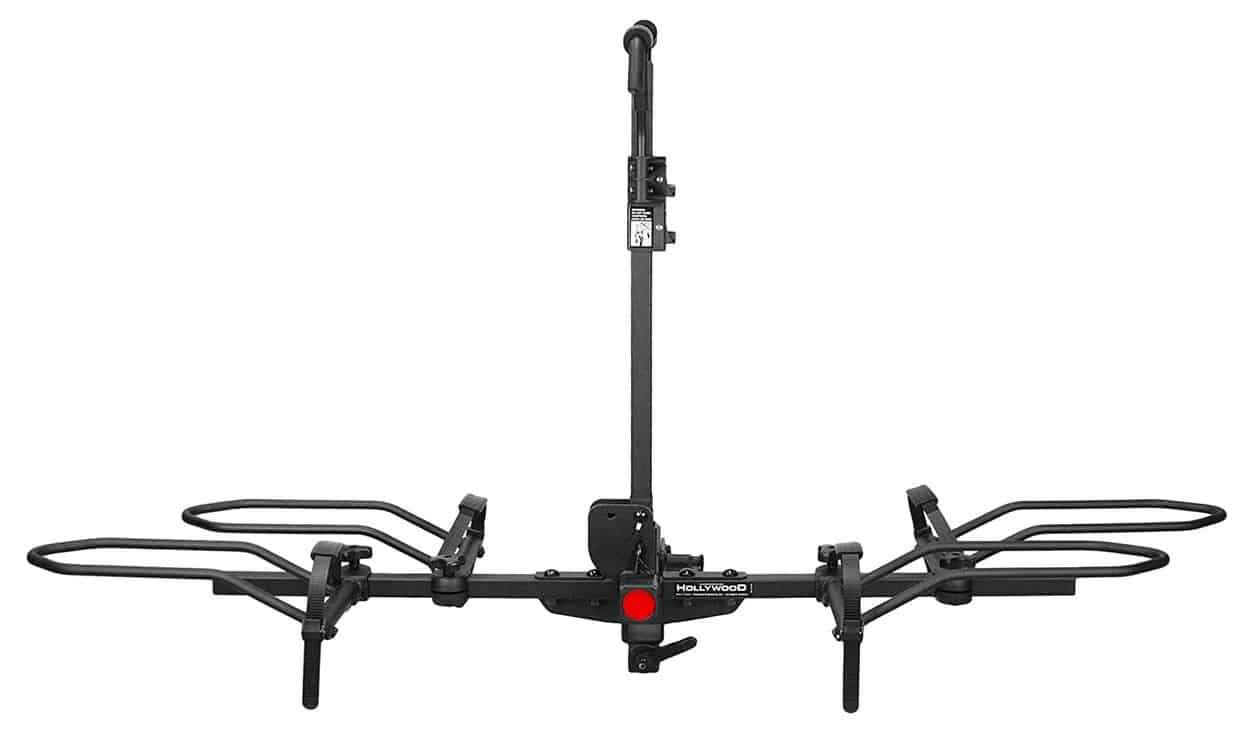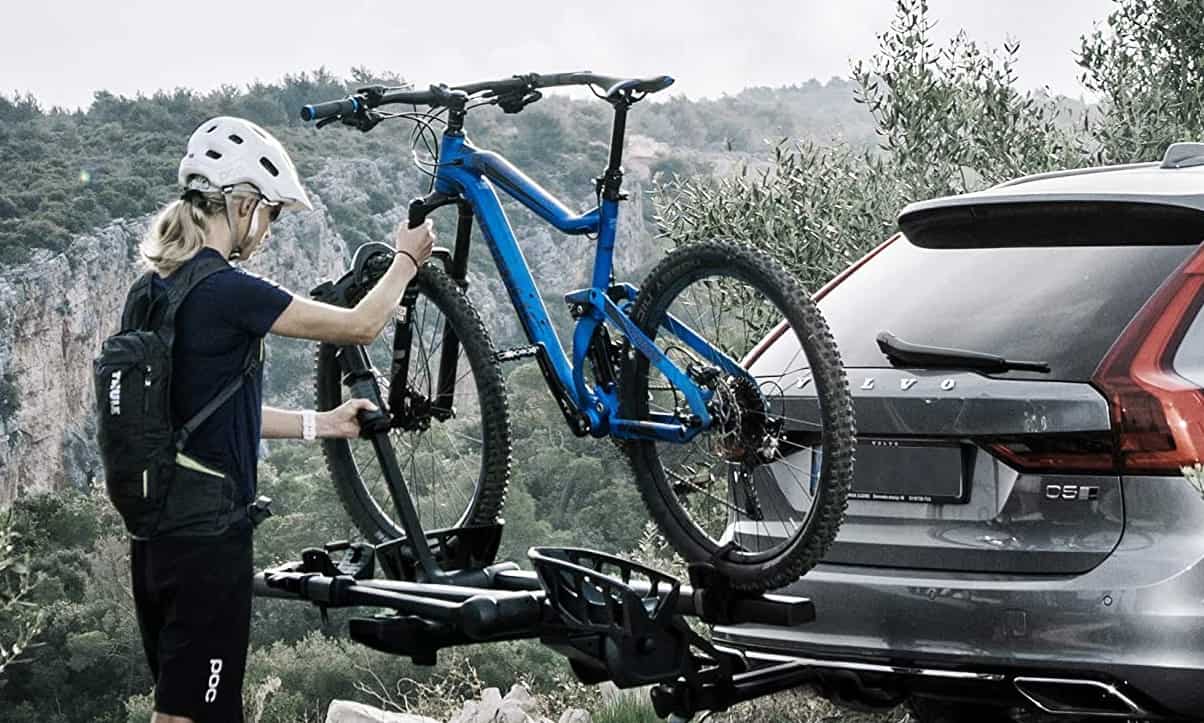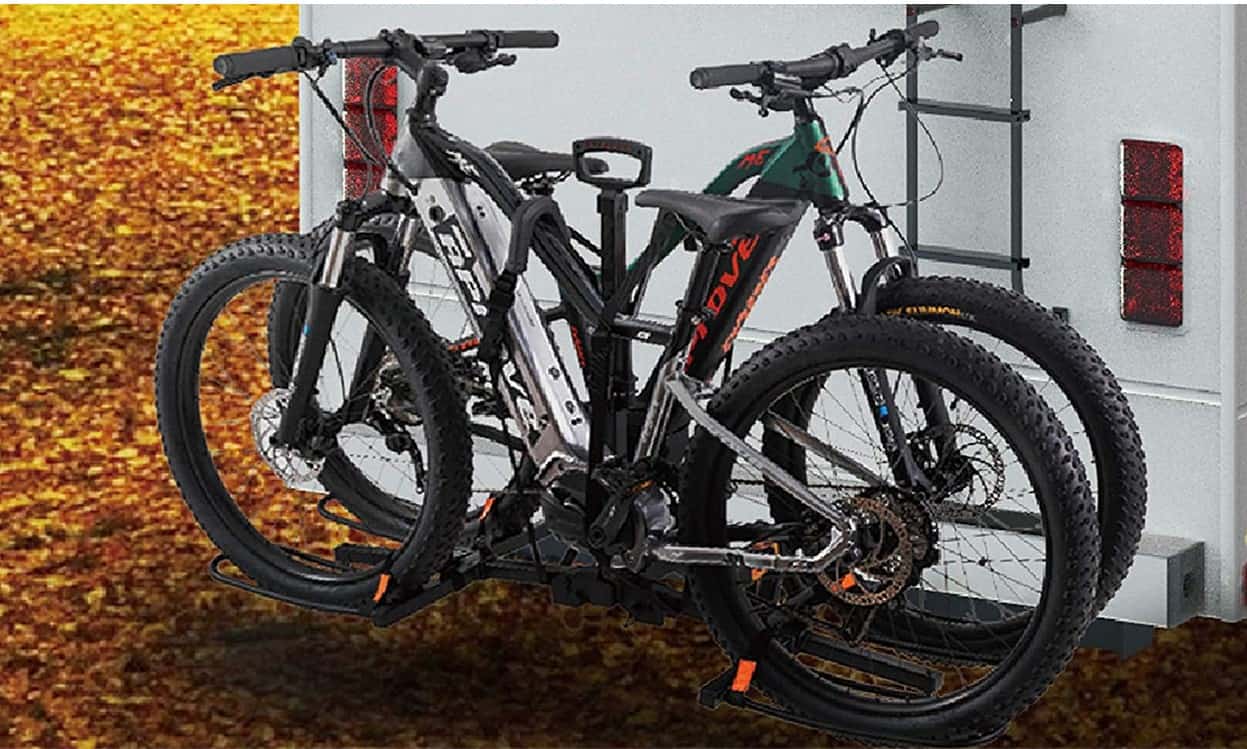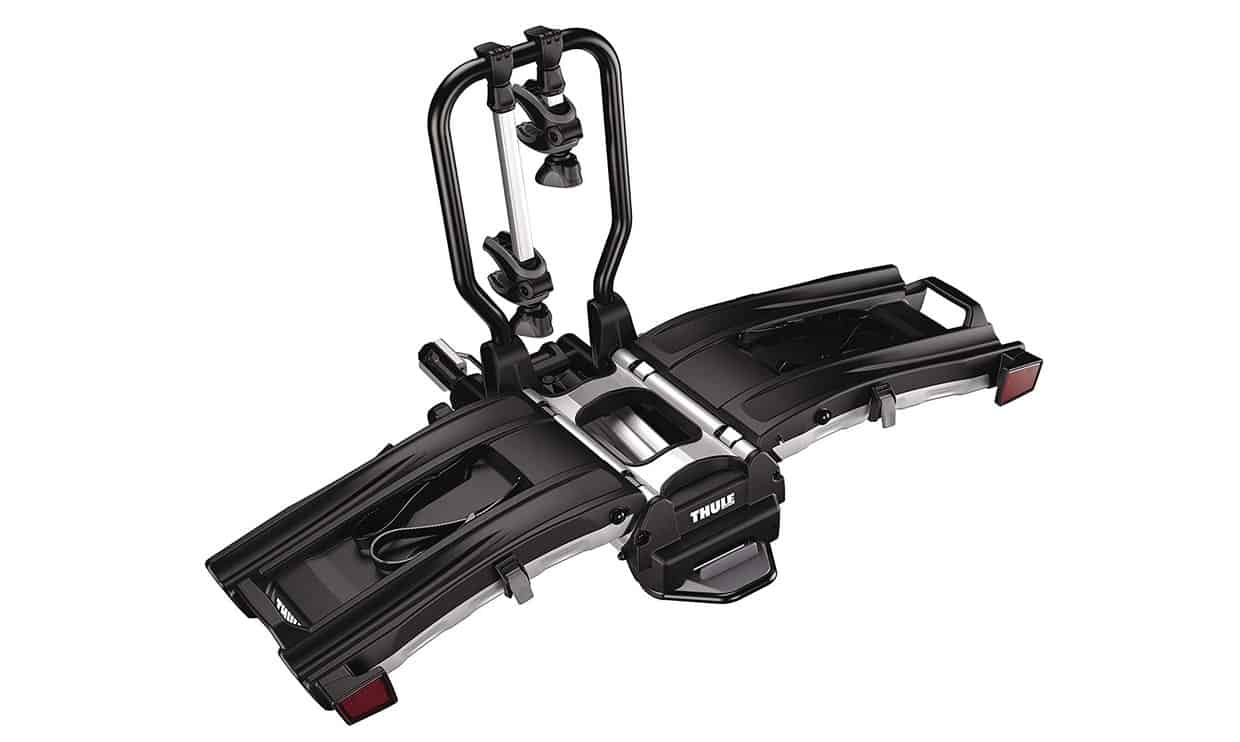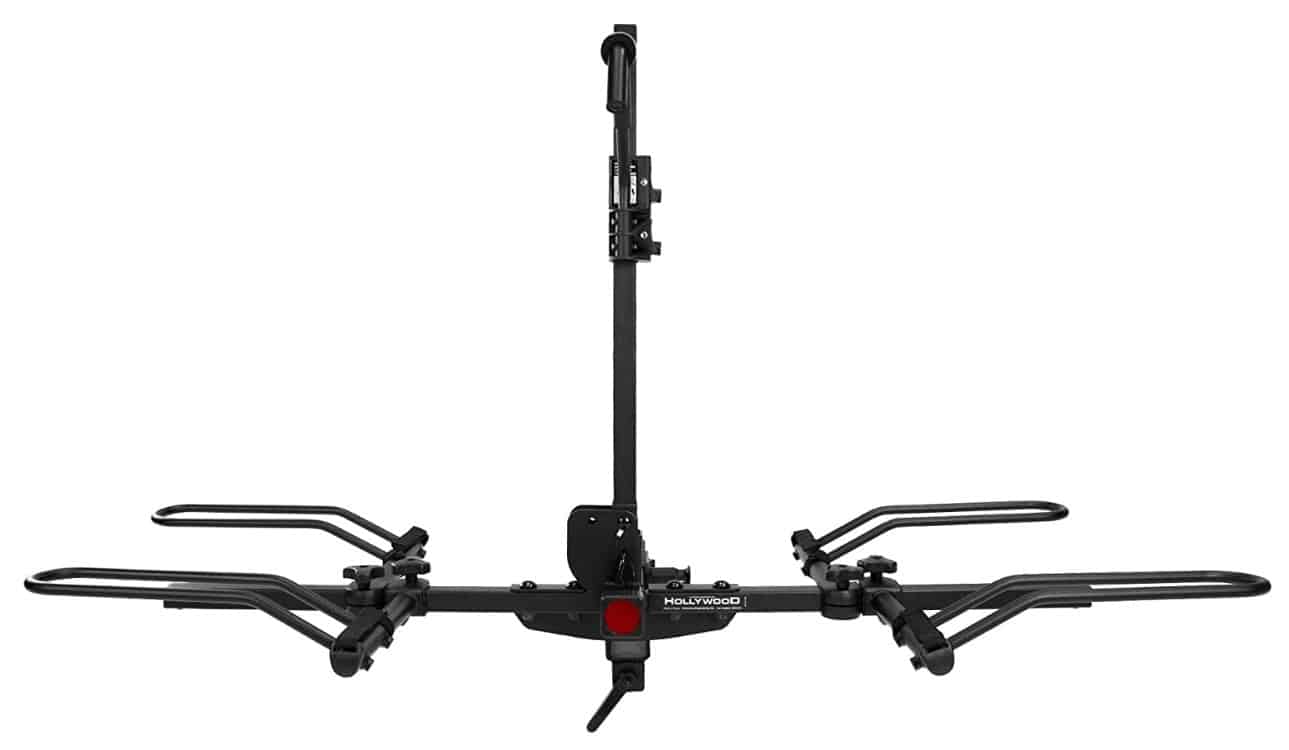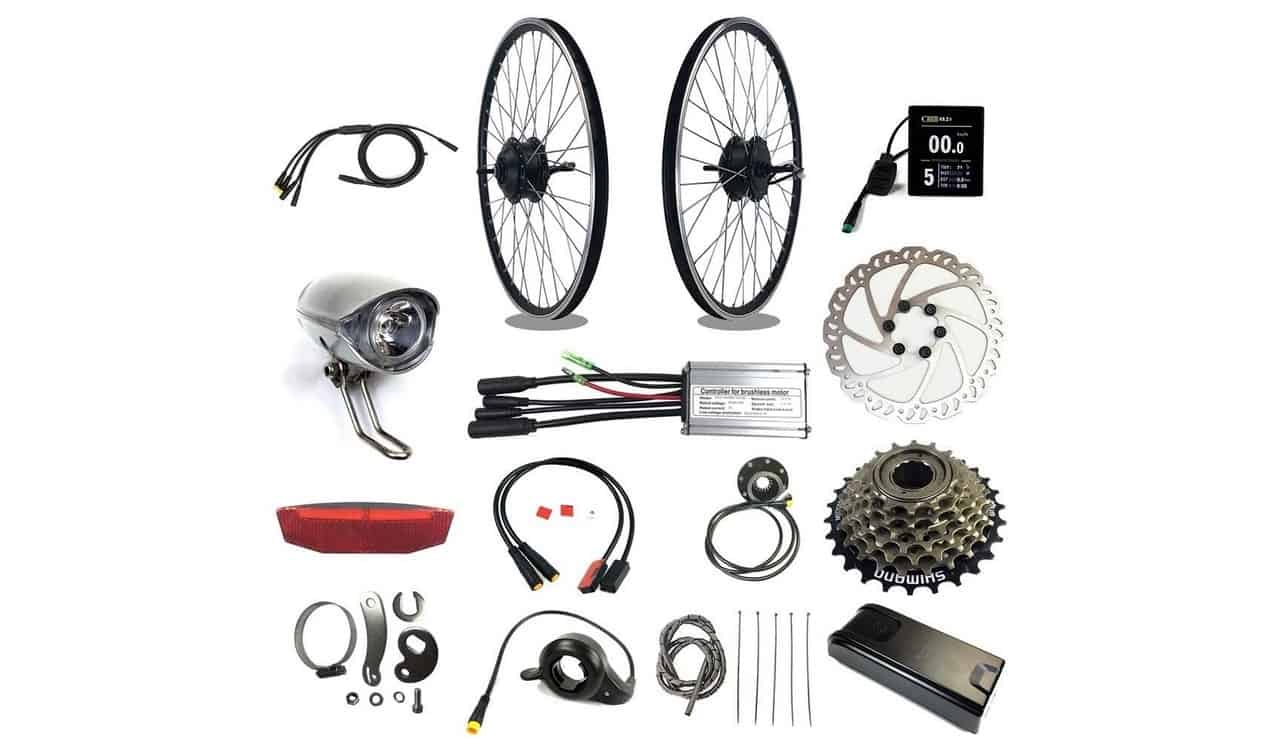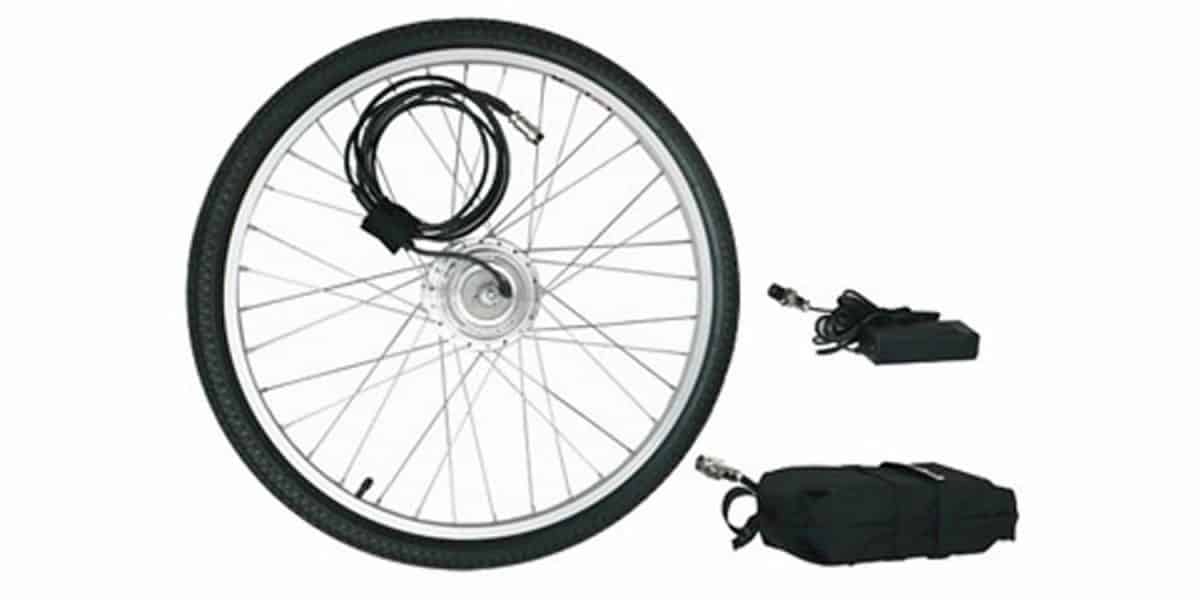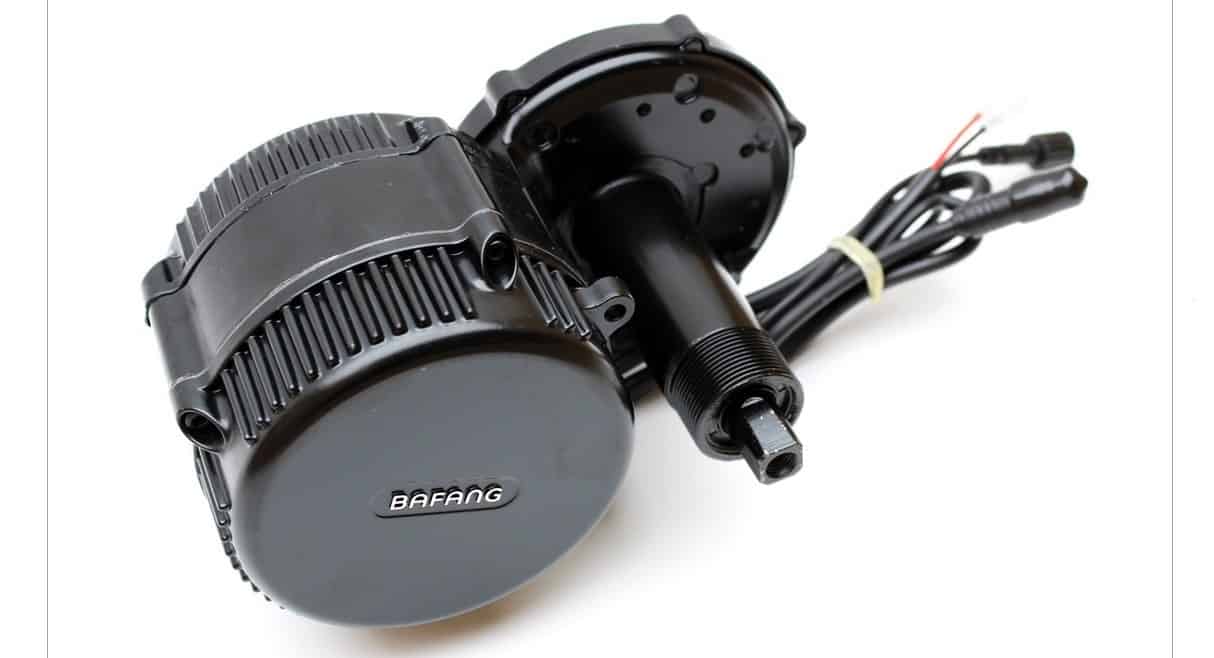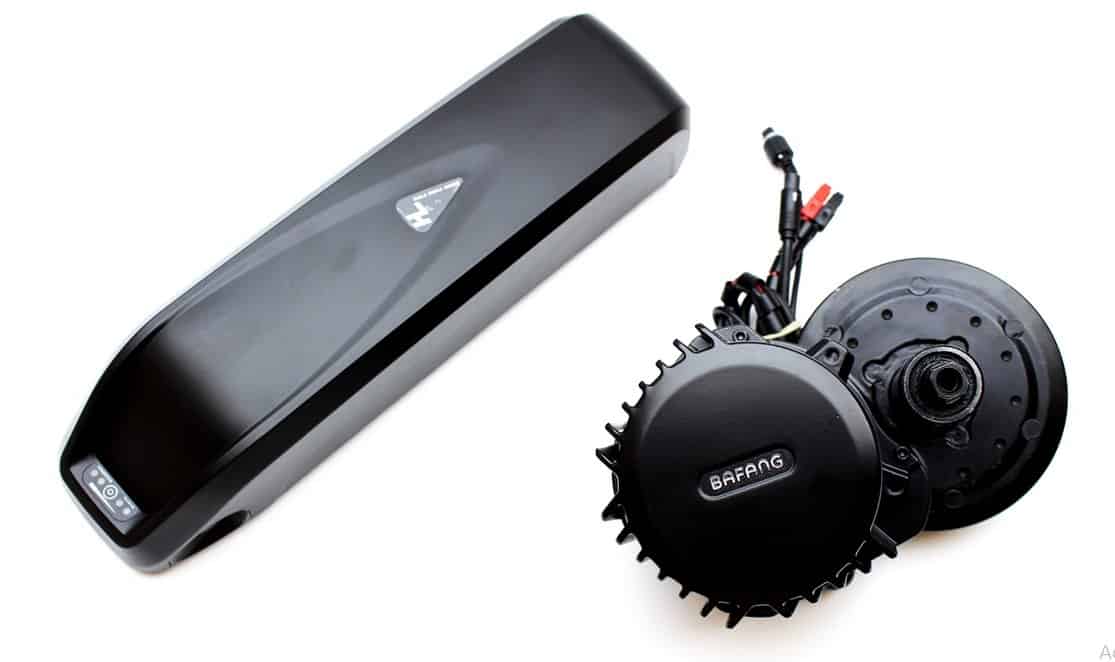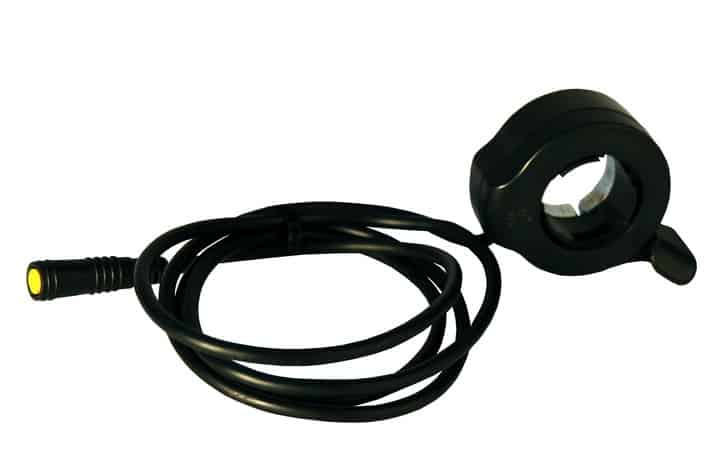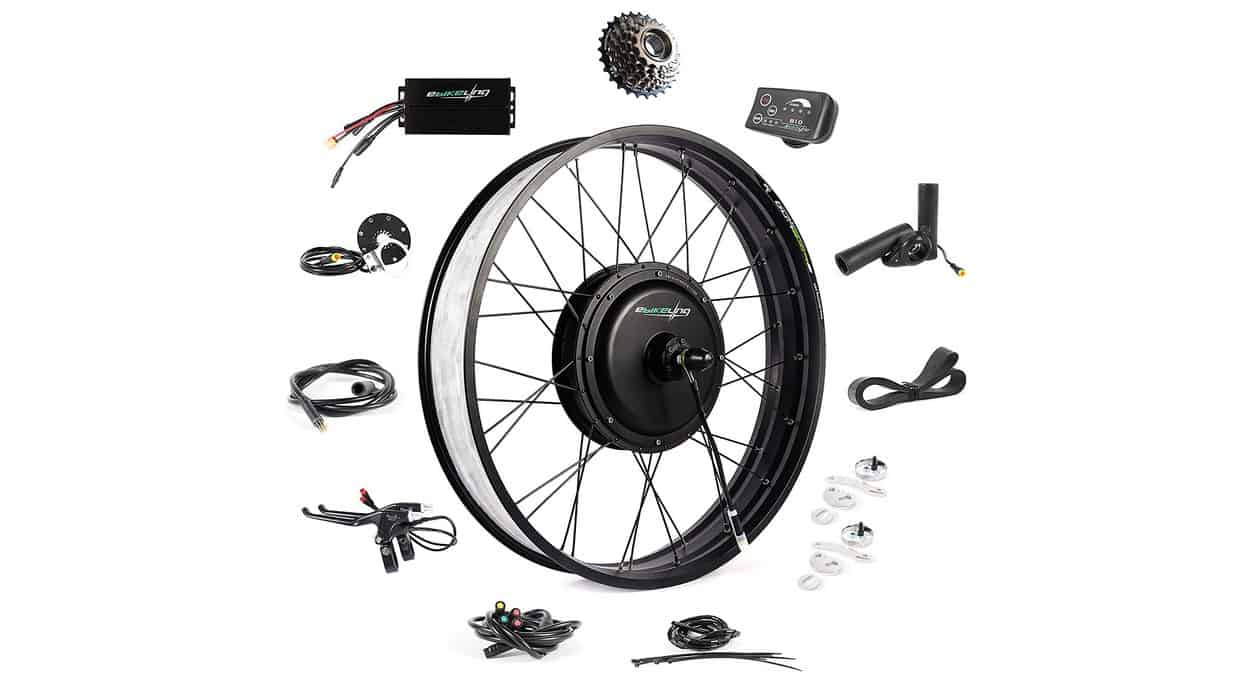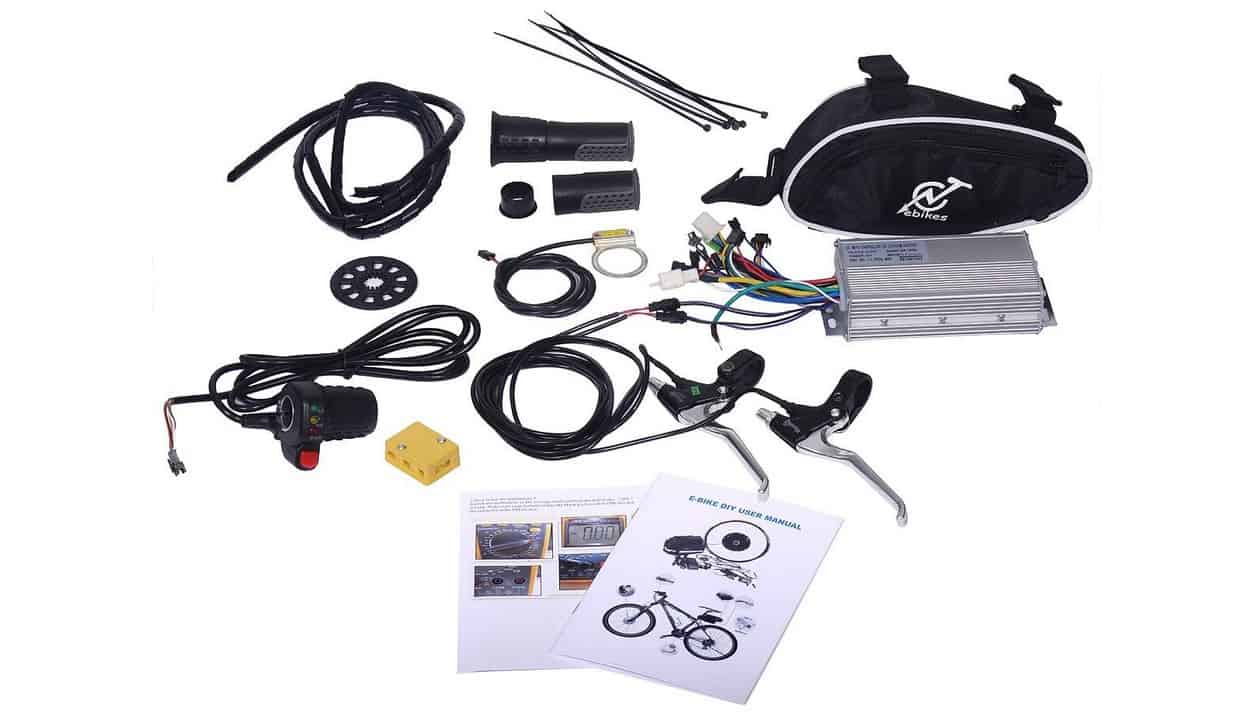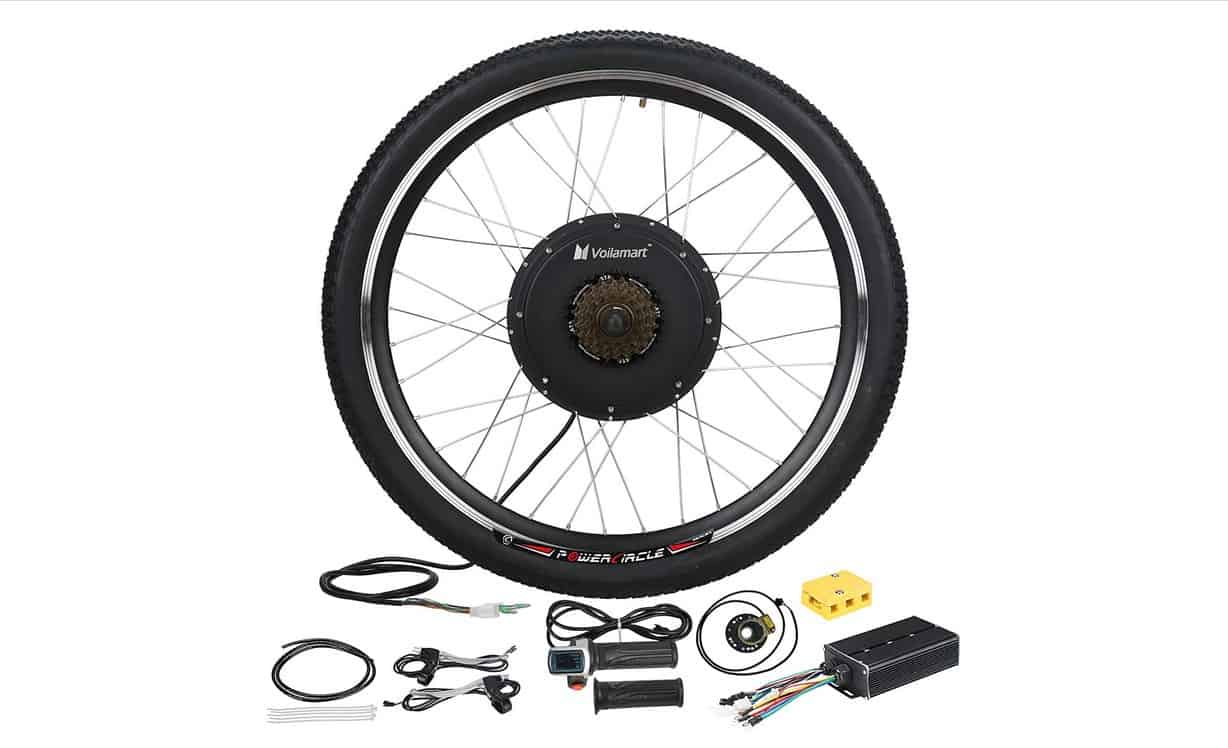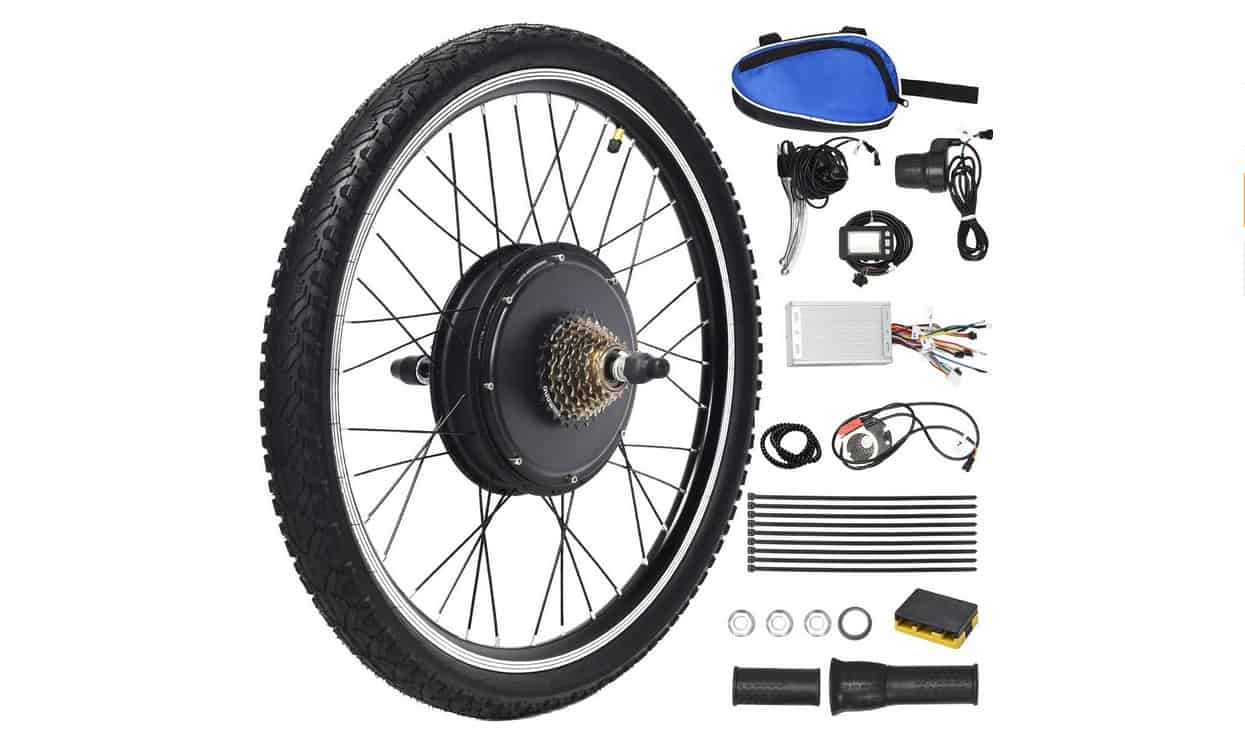There’s no single right answer to the question, “how big of a motor do I need for electric bike use?” It depends on the weight of your bike, the terrain where you ride, and how much assistance you want. Choosing the best motor rating for your e-bike carries some profound benefits, including increased speed. You’ll also be able to ascend steep hills more easily. However, most KW-sized electric motors are relatively heavy and require higher voltage systems with a greater battery capacity. In many places, eBikes with more than 1 KW may be legally classified as motor vehicles. Depending on the laws in your area, this means a motorcycle license and helmet may be required. Have a look at our buying guide on the best electric bikes to learn more.
KEY TAKEAWAYS:
- The right sized motor for your electric bike depends on how fast you want to go, how much weight your e-Bike will be carrying, and what types of terrain you’ll be riding on.
- Larger motors produce more torque for accelerating from a stop or going up steep hills
- Motors that spin faster produce more power.
- Typical motors for pedal-assist electric bikes start around 200 Watts for a 15-mph e-Bike, going up to around 750-1000 Watts for a 20-mph Class 3 e-Bike.
- Electric bikes with more powerful motors may be required to carry insurance and registration.
How E-Bike Motors Are Rated
Electric Motors can be rated in different ways, making it sometimes confusing to compare them.
Input vs. Output
You might see electric motors listed by volts, Amps, Watts, or even Horsepower or lb-ft. Many brushless DC motors for electric bikes are rated in terms of input voltage.
Volts and amperage describe the input–the electric current that goes into the motor. More voltage means a higher frequency current and the motor spinning faster, while more amps mean more current, and the motor spinning “harder.” Put the two measurements together, and you get Watts, a measure of power. Most off-the-shelf electric motors list their input, Watts. Output depends, in turn, on input plus motor efficiency.
For example, a motor with a rating of 1000 Watts continuous power, given a 90% efficiency, will have an output of 900 Watts. This is equivalent to the amount of horsepower it can send to the wheel of your bike.
Power and Torque Ratings
Just like internal combustion engines, electric motors can have equivalent power ratings but very different sizes and uses. A 750-watt motor can be small and spin very fast, as RC model airplane motors do, or it can be much larger and spin more slowly, as winch motors do.
Picking the right motor for your eBike depends on knowing how much higher-speed power and how much lower-speed torque your electric bicycle will need.
The necessary power depends mostly on the speed, drive system type, and gearing of your electric bicycle. Torque needs depend on weight, terrain, and whether you’re using throttle-assist or pedal-assist only.
Top speed is related to power level. As a general guide, a 15 to 18-mph eBike needs about 250W, while a 20-mph eBike needs around 500 to 750W.
Types of Motor and Drive Systems
Electric bicycle motors may also be classed according to how the drive system is set up on the bike: motors can be mounted in the hub of the front or rear wheel or near the crank and can be direct-drive or geared.
Direct-Drive Hub Motors
Placing the motor around the hub of the wheel and requiring no gearing, these are a popular choice for DIY electric bicycle kits. However, the motors need to be relatively large to generate enough torque at a very low RPM to work without reduction gearing. The additional weight on one wheel may also make the bike feel less balanced than a standard non-electric bicycle. But no matter the type of motor or its placement, always make sure it is covered in water-resistant material. A water-resistant motor casing is necessary in order to safeguard your e-bike from riding in the rain.
Warning
In many places, eBikes with more than 1 KW may be legally classified as motor vehicles.
Geared Hub Motors
Geared hub motors can be more energy-efficient than direct-drive motors. Unlike direct-drive, these allow for a clutch that lets the bike freewheel when decelerating or when assistance is not needed. The gear systems can add complexity and cost, however.
Mid Drive Motors
Mid-Drive systems mount the motor near the crank and use it to drive the chain. This set-up provides advantages in terms of weight distribution and the ability to change gears to make the most of the motor power available. Mountain bikes with electric assist are usually mid-drive designs. Mid-drive motors can be just about any power level, although with high torque motors you’ll want to use a controller with torque sensors to help prevent damaging the chain and sprockets. Mid-drive electric bikes can also provide regenerative braking, which is applied on electric bikes that will charge when you pedal.
Laws about Electric Bike Motor Sizes
Local regulations may classify eBikes differently according to motor power or size. For example, many European jurisdictions only allow eBikes with 250W or less to use a bike lane. US federal law defines an eBike as having a motor with 750 Watts of power or less (1 horsepower) and a 20 mph top speed when on throttle assist alone. In general, electric bikes with more powerful motors may be subject to the laws applicable to mopeds, dirt bikes, and other small motorized vehicles.
F.A.Q.S
How much power does an electric bicycle need?
It depends on the purpose of the electric bike, how fast you want to ride and where you want to go. Most pedal-assist eBikes range from 200 to 750 watts of power.
Why would I use an e-bike over a regular bicycle?
E-Bikes can be useful for those looking to use their bicycle as an eco-friendly commuter vehicle or to make bike rides less strenuous on hilly terrain.
What’s better, a mid-drive or hub motor electric bike?
The best way to decide on motor configuration is to test out both a hub motor eBike and a mid-drive eBike. In general, mid-drives are slightly more efficient and will offer a longer range on the same size battery, while hub motors are easier for beginner riders to pick up since you don’t have to shift gears.
STAT: E-bikes make up around 10% of all bicycle sales in the US (source)
STAT: E-Bikes were found to travel on average 5 mph faster than traditional bicycles used for commuting (source)
STAT: The first US patent issued for an eBike was in 1895. (source)
REFERENCES:
- https://www.ncsl.org/research/transportation/state-electric-bicycle-laws-a-legislative-primer.aspx
- https://web.archive.org/web/20121224032420/http://www.vae-enov.com/fiches_2010/norme_en_15194.pdf
- http://www.prba.org/publications/batteries-in-transport-shipping-batteries-safely/r
- https://web.archive.org/web/20110718160416/http://www.zilog.com/docs/z8encoremc/appnotes/AN0260.pdf

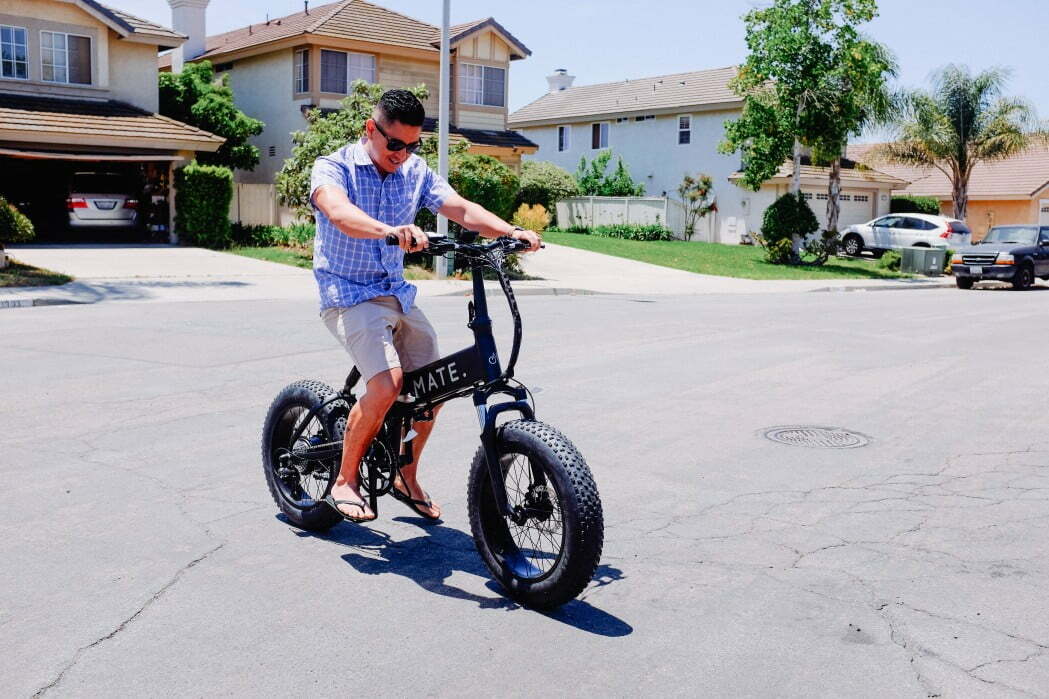













![Best Batteries for Electric Bikes in [year] 7 Best Batteries for Electric Bikes in 2026](https://www.gadgetreview.dev/wp-content/uploads/best-battery-for-electric-bike.jpeg)
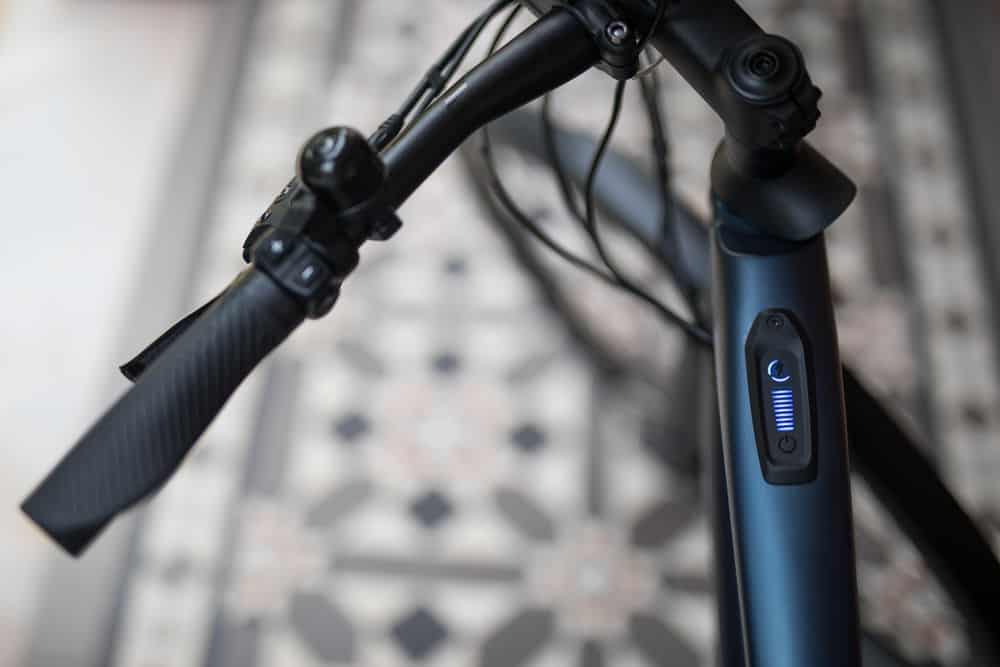
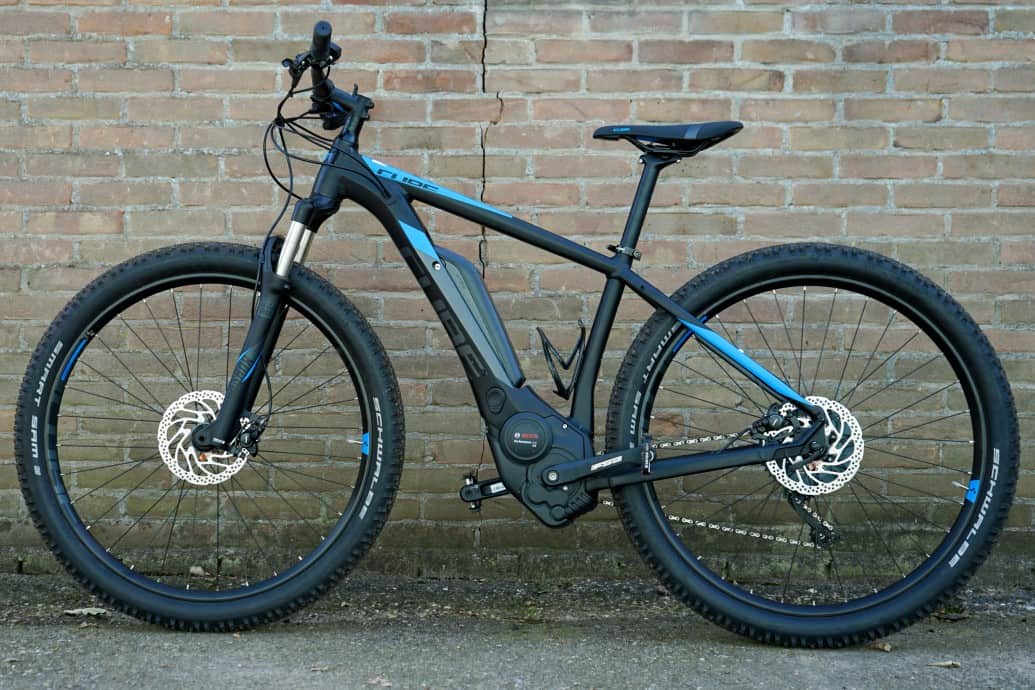
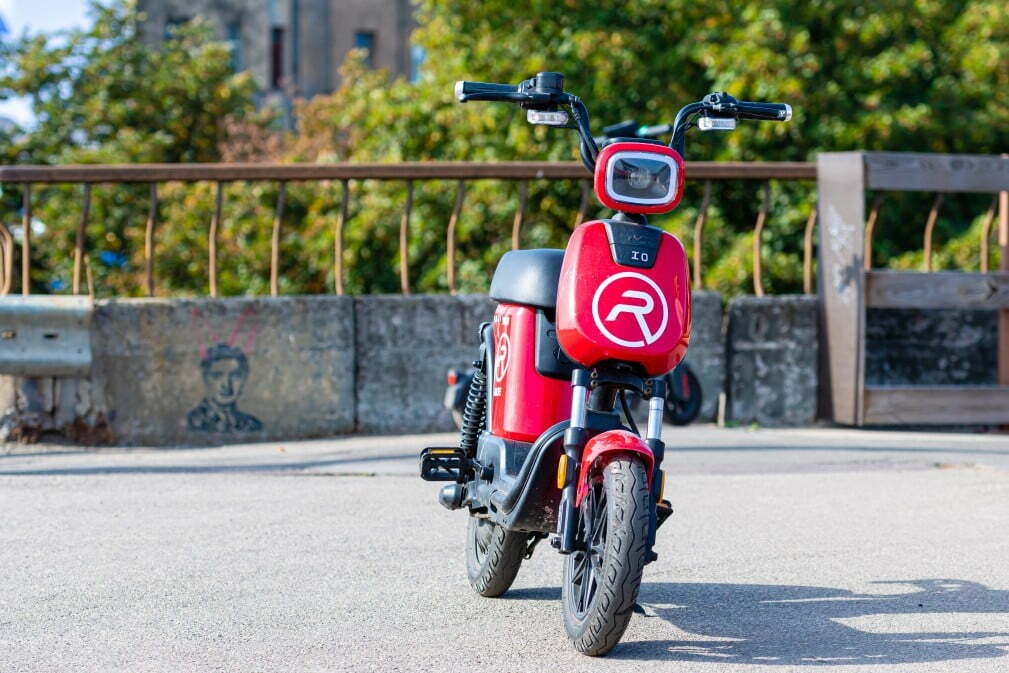
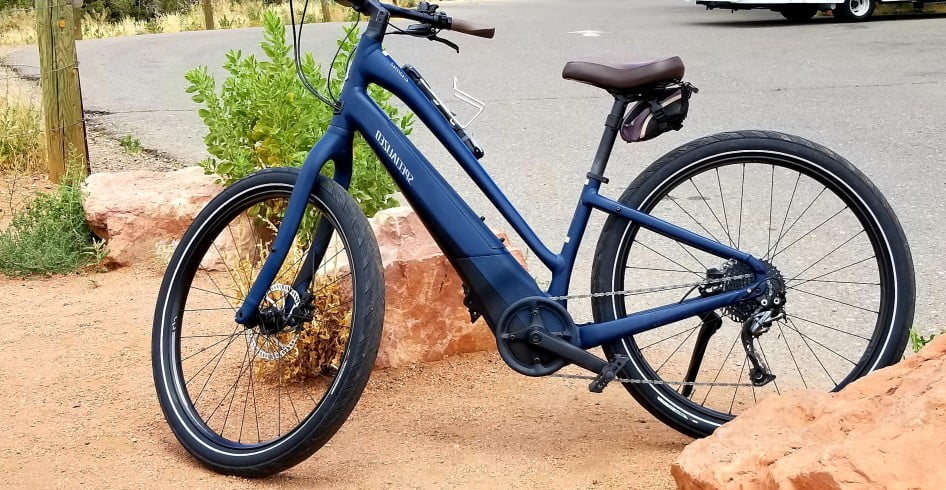
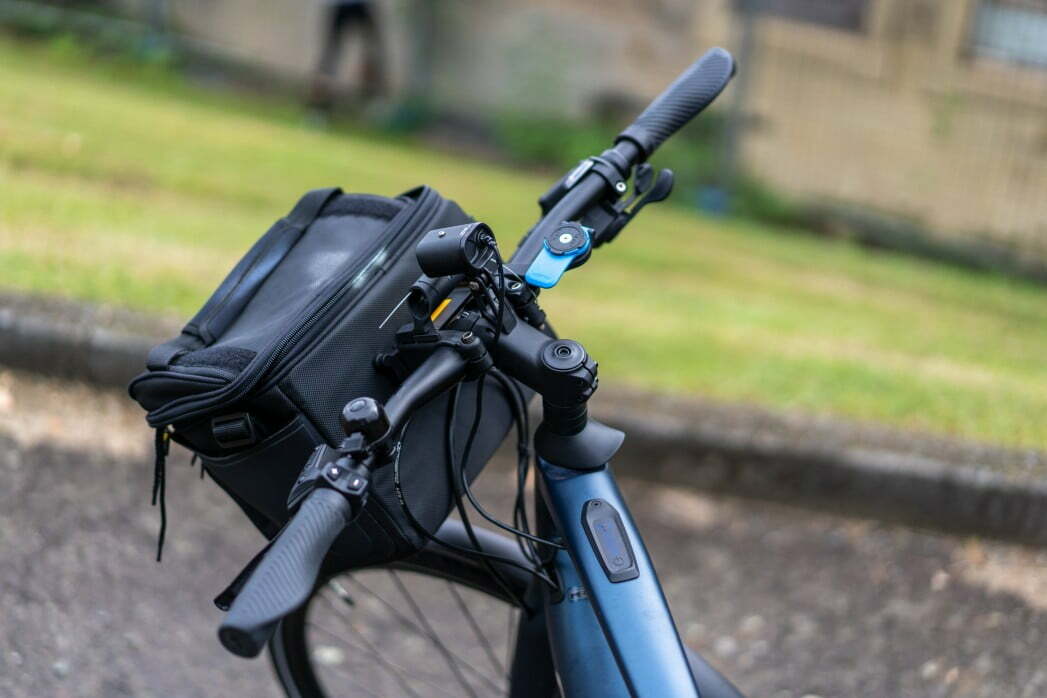
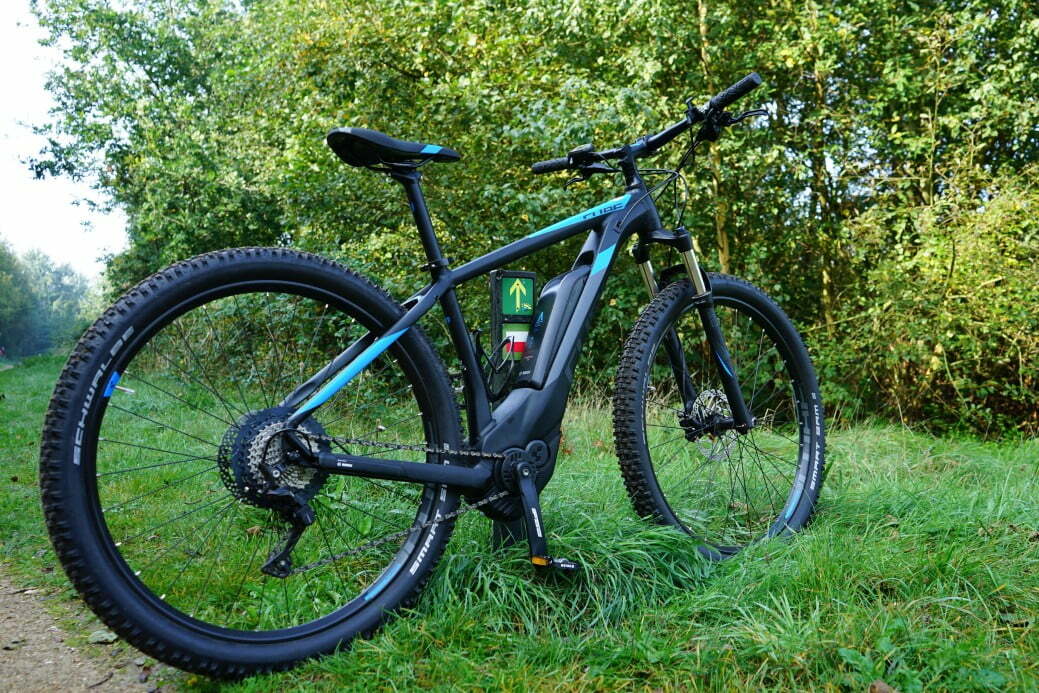
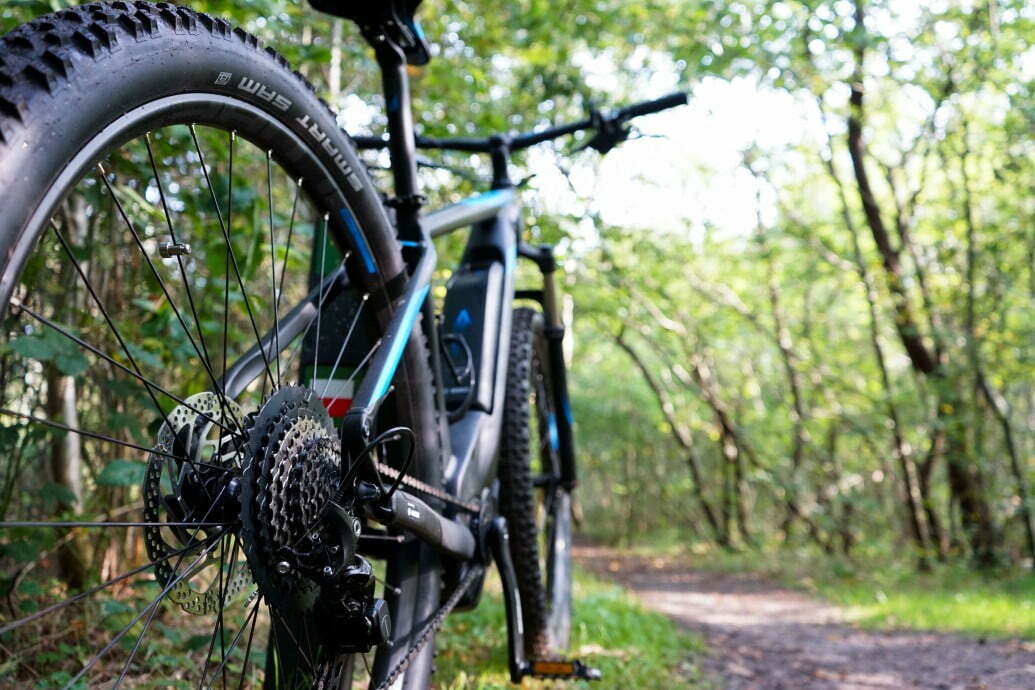
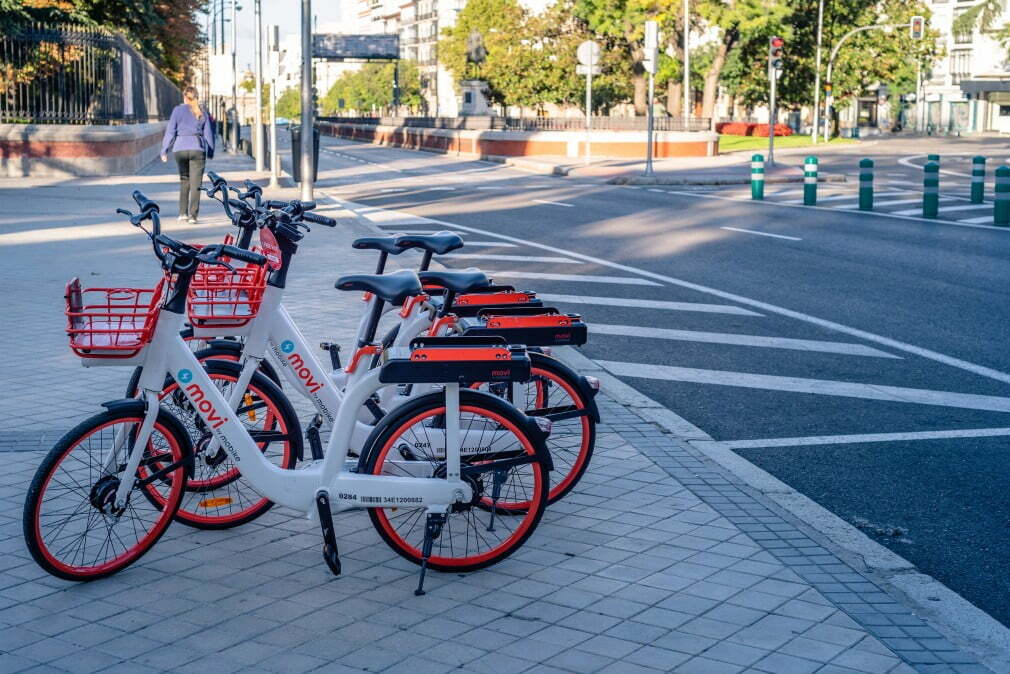
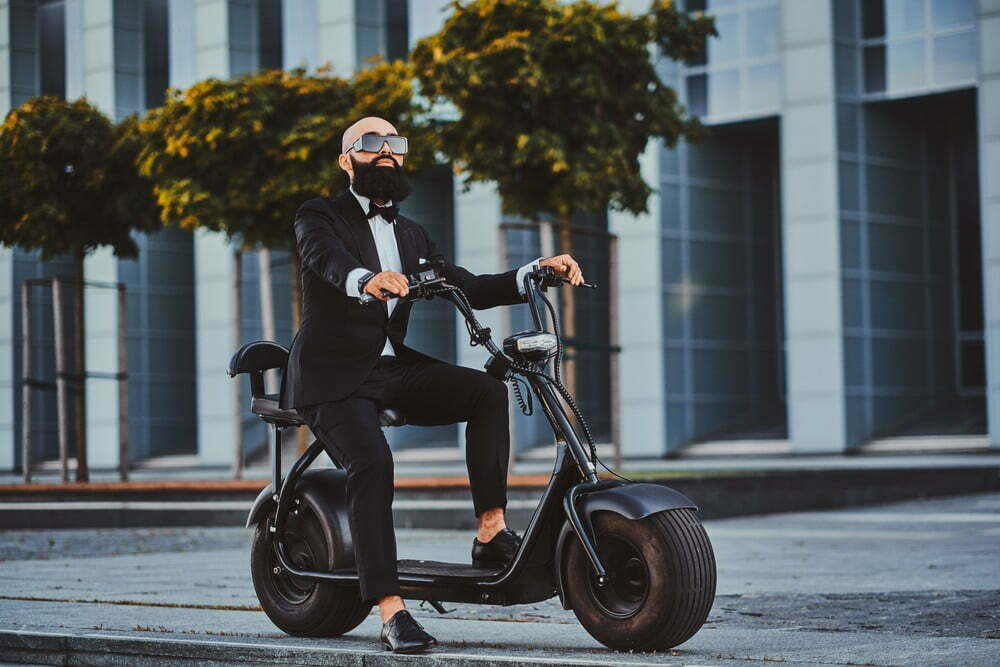
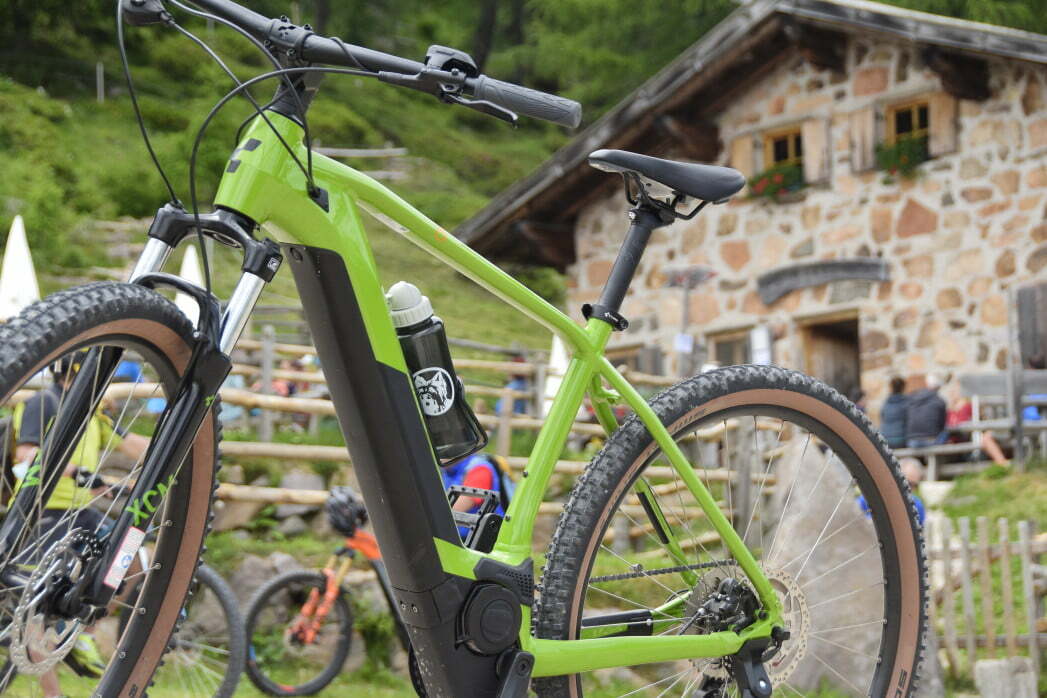
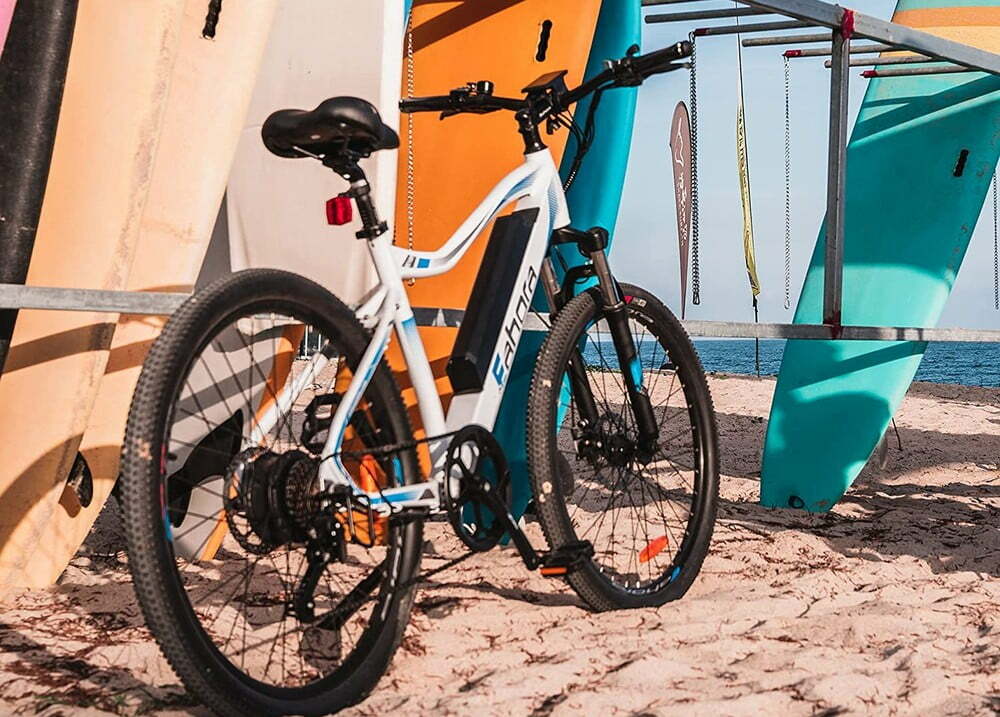
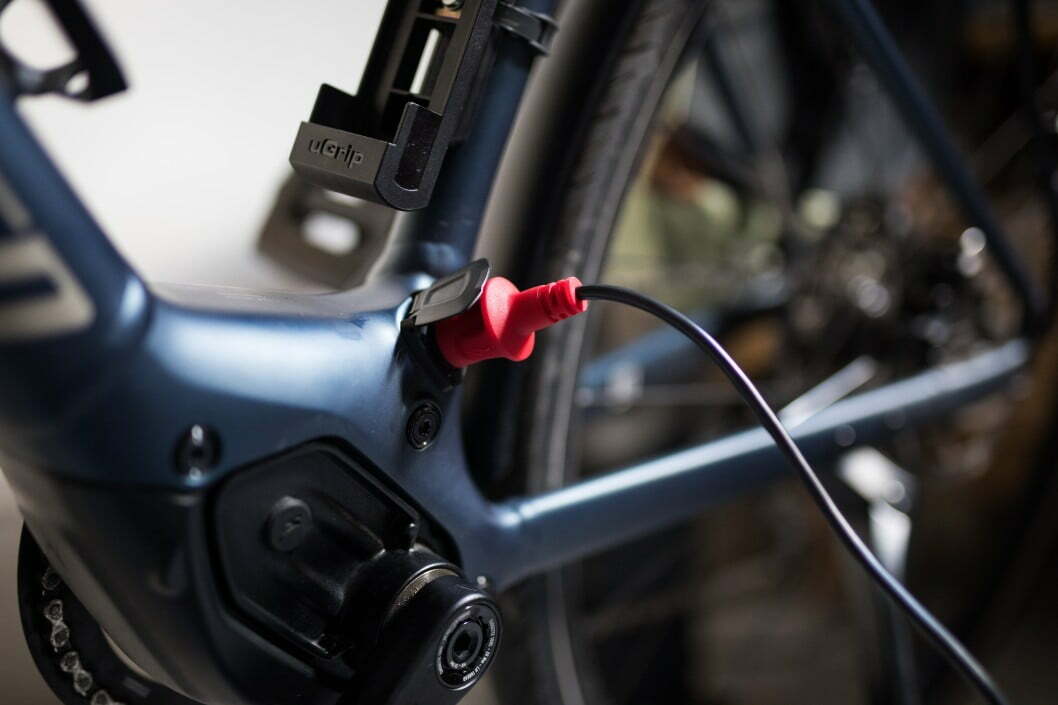
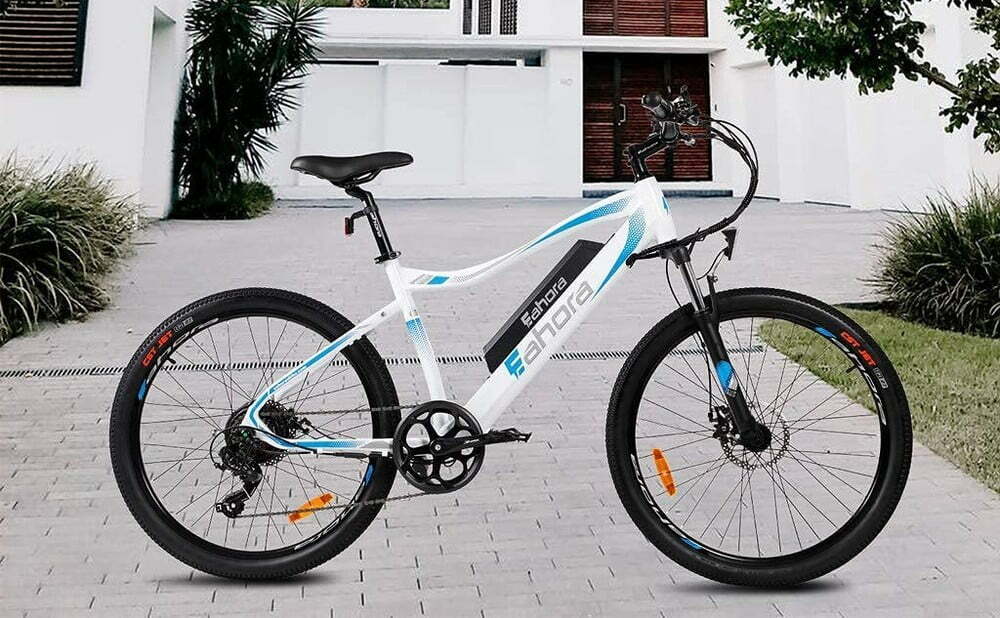
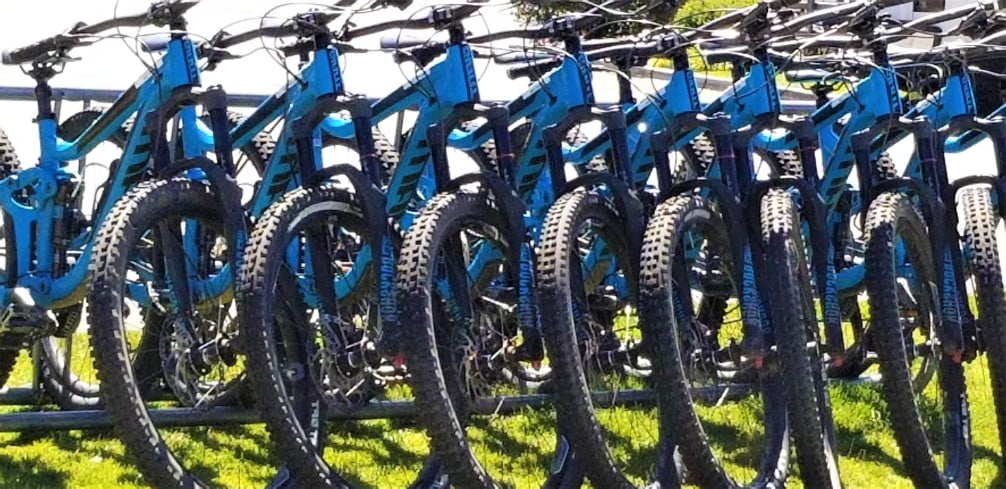

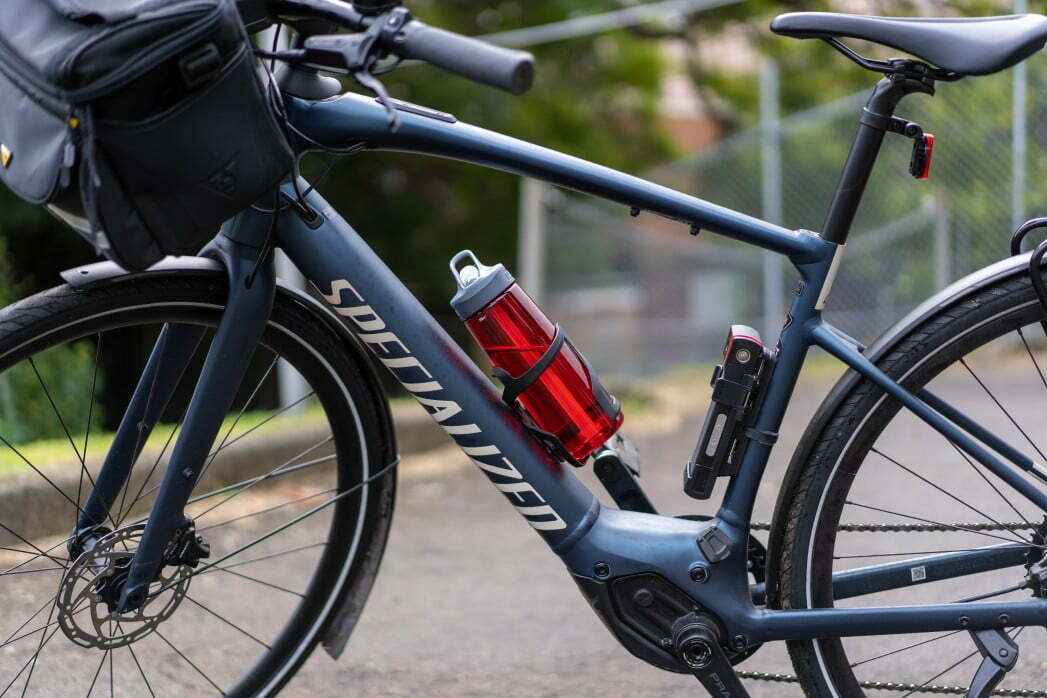
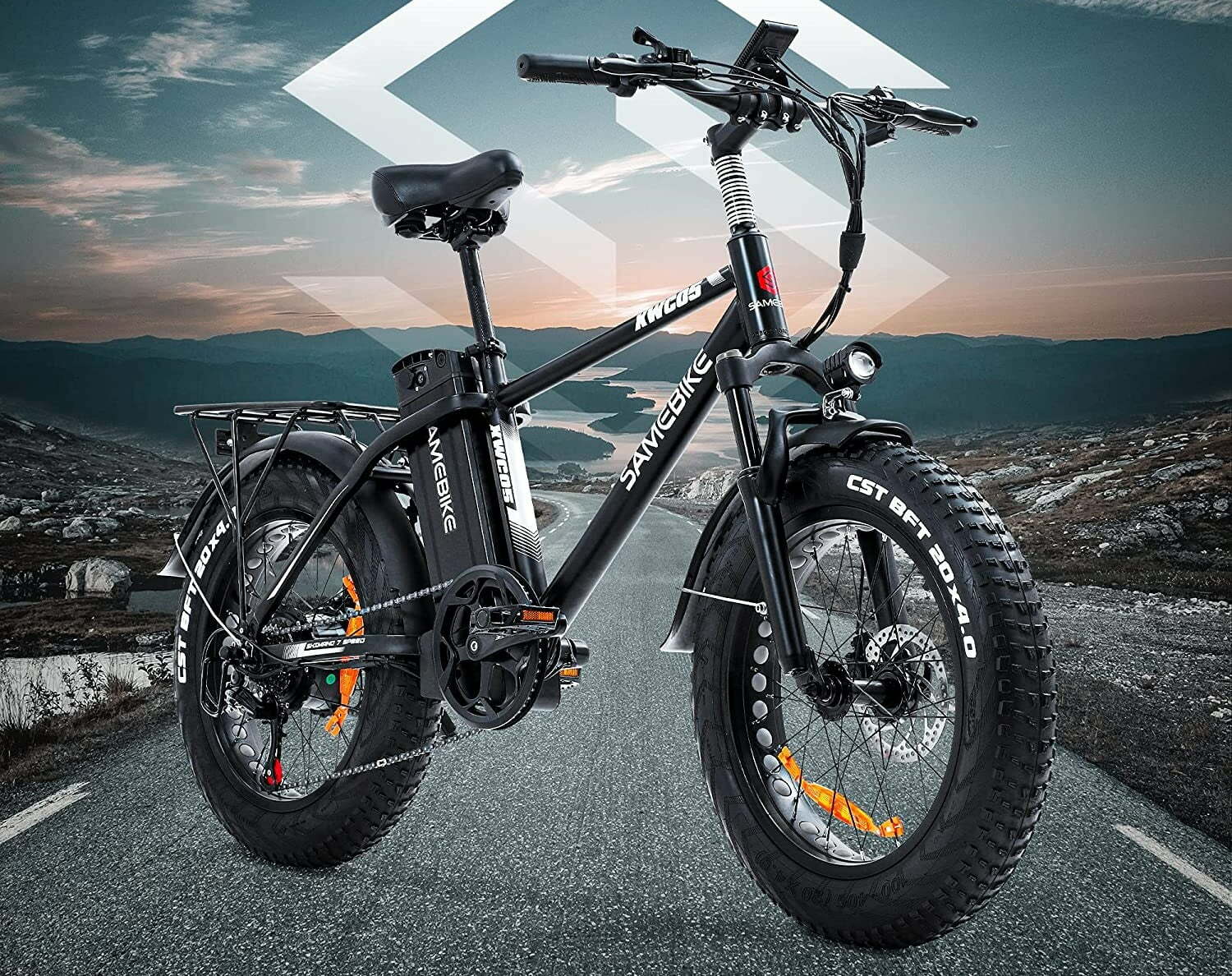
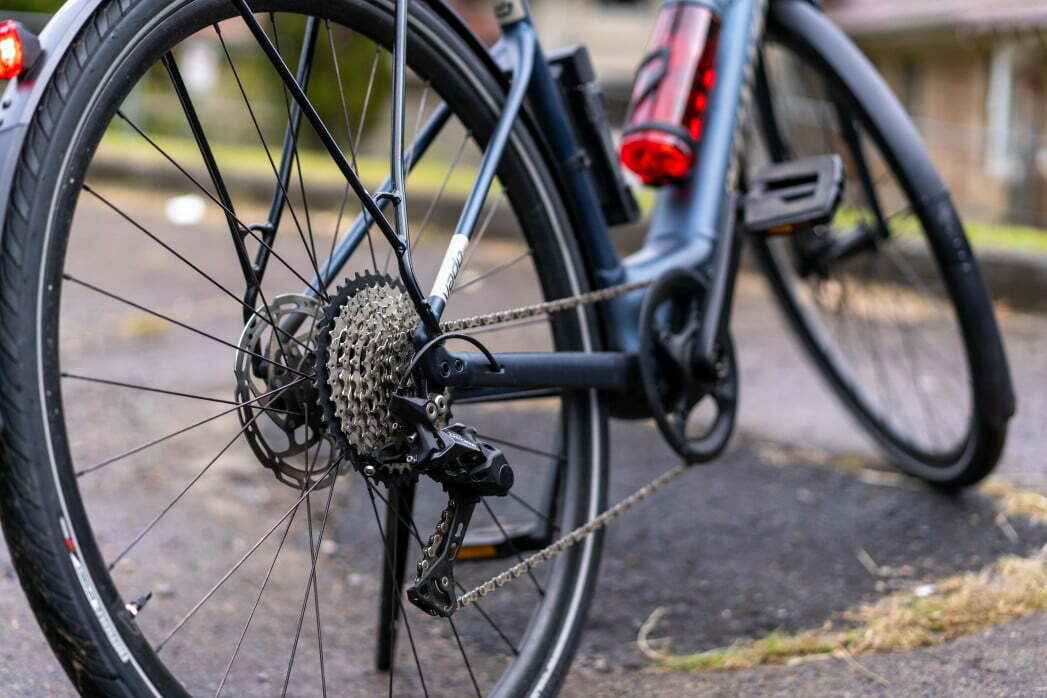
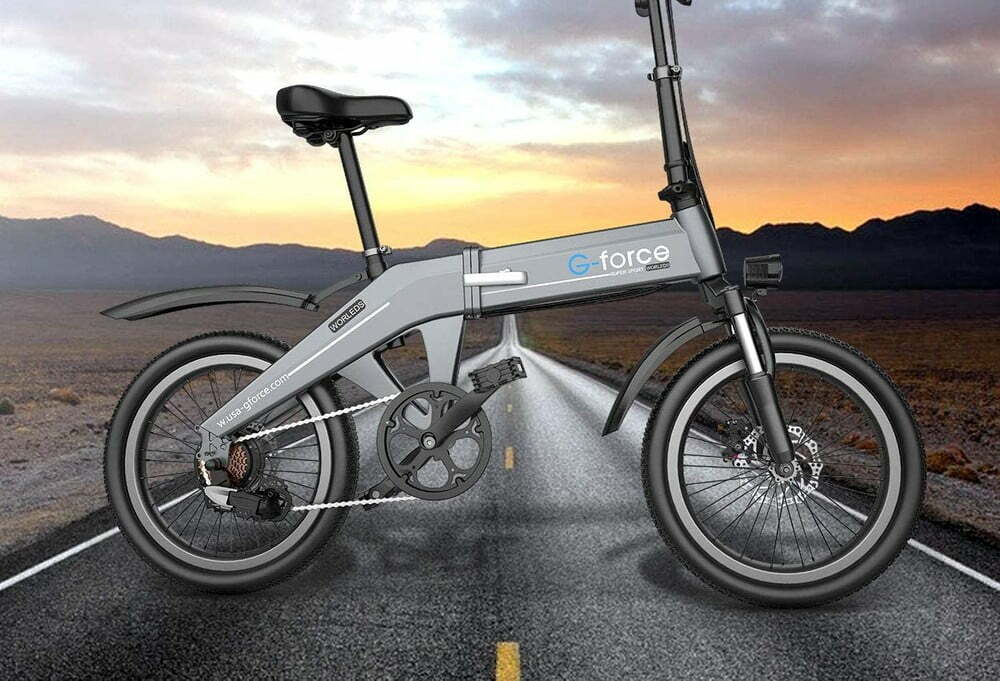
![Best Electric Bike in [year] ([month] Reviews) 27 Best Electric Bike in 2026 (January Reviews)](https://www.gadgetreview.dev/wp-content/uploads/elby-s9-750x422-1.png)
![Best Bikes in [year] ([month] Reviews) 28 Best Bikes in 2026 (January Reviews)](https://www.gadgetreview.dev/wp-content/uploads/cheapest-electric-bikes-1.jpg)
![Best Front Drive Electric Motor Bikes in [year] 29 Best Front Drive Electric Motor Bikes in 2026](https://www.gadgetreview.dev/wp-content/uploads/best-front-drive-electric-motor-bikes-image.jpg)
![Best Cannondale Electric Bikes in [year] 30 Best Cannondale Electric Bikes in 2026](https://www.gadgetreview.dev/wp-content/uploads/best-cannondale-electric-bikes-image.jpg)
![Best Luna Cycle Electric Bikes in [year] 31 Best Luna Cycle Electric Bikes in 2026](https://www.gadgetreview.dev/wp-content/uploads/Luna-Cycle-Apex-Electric-Bike.webp)
![Best Rad Power Electric Bikes in [year] 32 Best Rad Power Electric Bikes in 2026](https://www.gadgetreview.dev/wp-content/uploads/best-rad-power-electric-bikes-image.jpg)
![Best Rear Drive Motor Electric Bikes in [year] 33 Best Rear Drive Motor Electric Bikes in 2026](https://www.gadgetreview.dev/wp-content/uploads/best-rear-drive-motor-electric-bikes-image.jpg)
![Best Ebike Conversion Kits in [year] 34 Best Ebike Conversion Kits in 2026](https://www.gadgetreview.dev/wp-content/uploads/best-ebike-conversion-kit.jpg)
![Best Electric Bike Locks in [year] 35 Best Electric Bike Locks in 2026](https://www.gadgetreview.dev/wp-content/uploads/best-electric-bike-locks-image.jpg)
![Ebikes with Longest Range in [year] 36 Ebikes with Longest Range in 2026](https://www.gadgetreview.dev/wp-content/uploads/best-ebike-with-longest-range-image.jpg)
![Best Electric Bike Trailers in [year] 37 Best Electric Bike Trailers in 2026](https://www.gadgetreview.dev/wp-content/uploads/best-electric-bike-trailers-image.jpg)
![Best Bike Rack for Electric Bikes in [year] 38 Best Bike Rack for Electric Bikes in 2026](https://www.gadgetreview.dev/wp-content/uploads/best-bike-rack-for-electric-bikes-image.jpg)
![Best Electric Bike Helmets in [year] 39 Best Electric Bike Helmets in 2026](https://www.gadgetreview.dev/wp-content/uploads/best-electric-bike-helmets-image.jpg)
![Best Throttle Electric Bikes in [year] 40 Best Throttle Electric Bikes in 2026](https://www.gadgetreview.dev/wp-content/uploads/best-throttle-electric-bike-image.jpg)
![Lightest Electric Bikes in [year] 41 Lightest Electric Bikes in 2026](https://www.gadgetreview.dev/wp-content/uploads/lightest-electric-bike-image.jpg)
![Best Schwinn Electric Bikes in [year] 42 Best Schwinn Electric Bikes in 2026](https://www.gadgetreview.dev/wp-content/uploads/Electric-Bikes-image.jpg)
![Best All Terrain Electric Bikes in [year] 43 Best All Terrain Electric Bikes in 2026](https://www.gadgetreview.dev/wp-content/uploads/best-all-terrain-electric-bike-image.jpg)
![Best Cheapest Electric Bikes in [year] 44 Best Cheapest Electric Bikes in 2026](https://www.gadgetreview.dev/wp-content/uploads/cheapest-electric-bikes.jpg)
